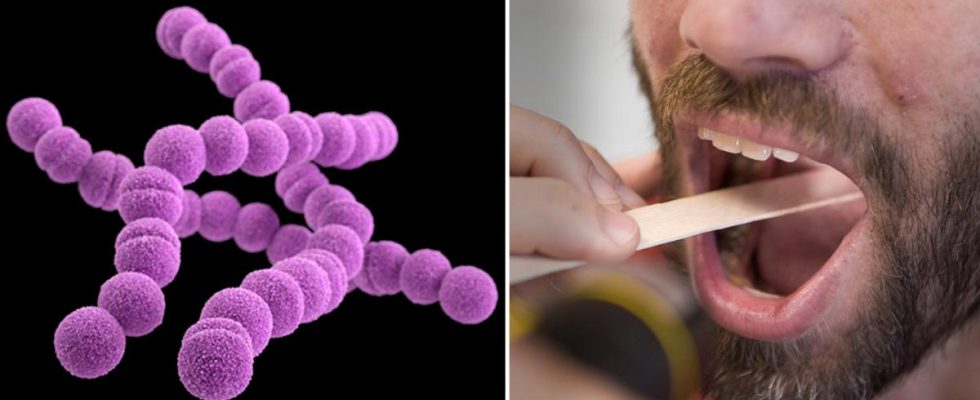Updated 18.32 | Published 18.26
The spread of invasive streptococci has skyrocketed in 2023 compared to previous years.
Research shows that people with a certain genetic makeup run a greater risk of developing a serious illness.
– About 40 percent in Sweden carry one of the risk variants that exist, says Fredric Carlsson, researcher in infection biology at Lund University.
Invasive group A streptococci have increased sharply in 2023. Until mid-December, 1,244 cases have been registered, which is the highest level in all the years that the Public Health Agency has kept statistics.
Streptococcal infection circulates between people and can lead to swine pox or strep throat. During the pandemic years, the number of cases of invasive streptococcal infection decreased. According to the Public Health Authority’s figures, 377 cases were registered in 2020, 156 cases in 2021 and 374 cases in 2022.
That the numbers are now rising is probably due to our immunity becoming worse after the pandemic years when we were more isolated than usual, says state epidemiologist Magnus Gisslén, who is also a professor of infectious diseases at Sahlgrenska Academy.
– Susceptibility to certain infections has increased due to reduced exposure to various infectious agents during the pandemic, for example streptococci but also other bacteria and viruses, says Magnus Gisslén.
– Immunity has become worse and this is probably the most important reason why we are now seeing an increase in streptococcal infections. Although most cases are mild or completely asymptomatic, the risk of serious invasive streptococcal infections also increases.
Most often, streptococci only lead to milder infections, but in some cases the infection can become serious and, in rare cases, life-threatening. But even if the cases have increased, Magnus Gisslén points out that deaths as a result are at the same percentage level as in previous years. Around about 10 percent.
This year, 99 people have died up to and including 15 November.
– As an infectious disease doctor, I know how quickly it can go and this is an infection that we have great respect for in healthcare. If you become seriously ill, it is important to seek medical care quickly and to start treatment quickly, says Magnus Gisslén.
Some people are at greater risk of being affected
Invasive streptococcal infection can affect basically anyone, but some people are at greater risk of a life-threatening course of the disease. People who carry a particular variant of the Sting gene. This is shown by new research for this year at Lund University.
– If the bacteria becomes invasive, it can be dangerous. Then it can be called killer bacteria or flesh-eating bacteria and can give rise to life-threatening diseases such as septic shock or deep soft tissue infections that can lead to having to amputate the infected body part, for example arms or legs, says Fredric Carlsson, researcher in infectious biology at Lund University.
About 40 percent in Sweden carry a Sting variant that increases the risk of life-threatening infection.
– A person with the “bad” gene variant of Sting runs a 20 percent risk of having a limb amputated in the event of an invasive infection by the worst bacteria. For people with the “good” gene variant, the risk is only three percent, says Fredric Carlsson.
